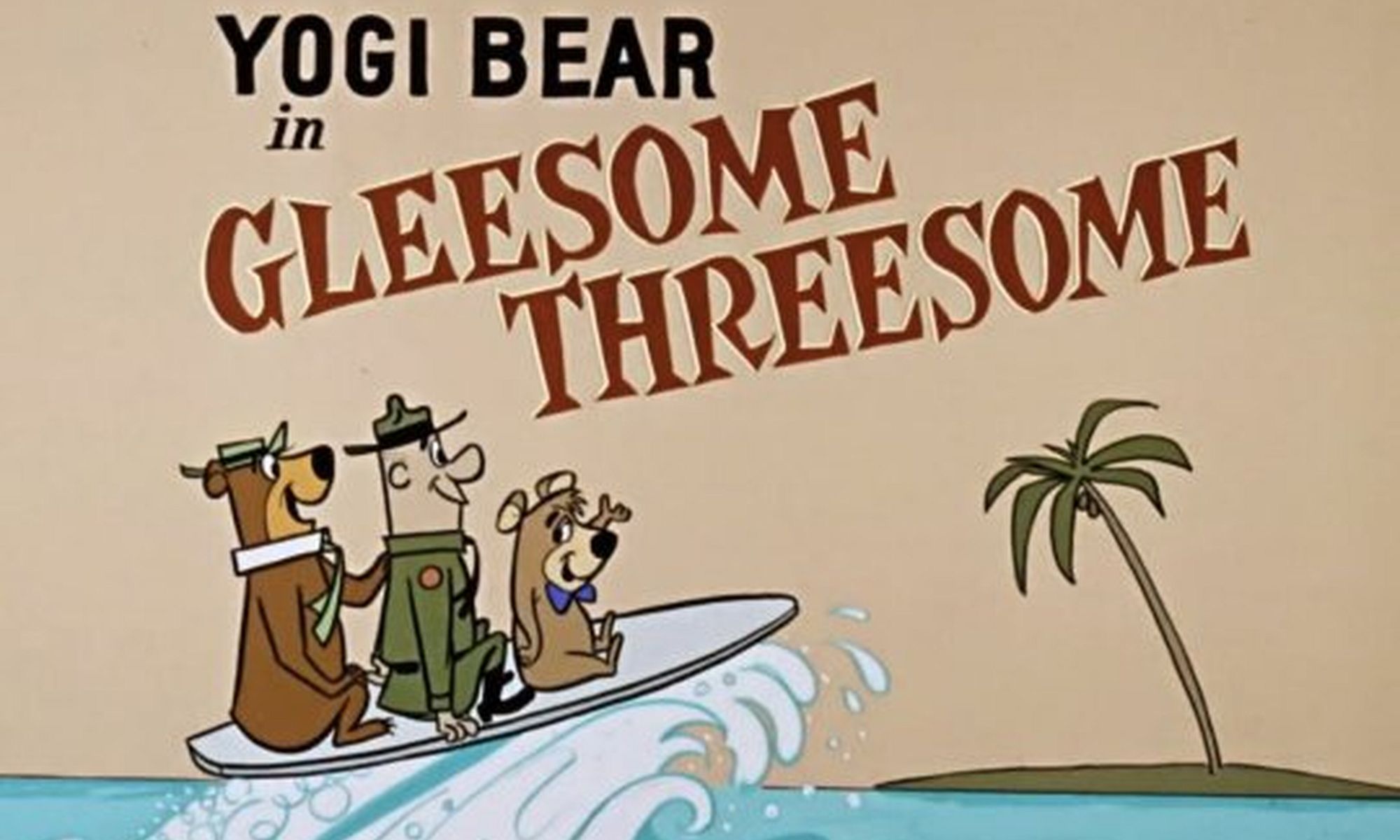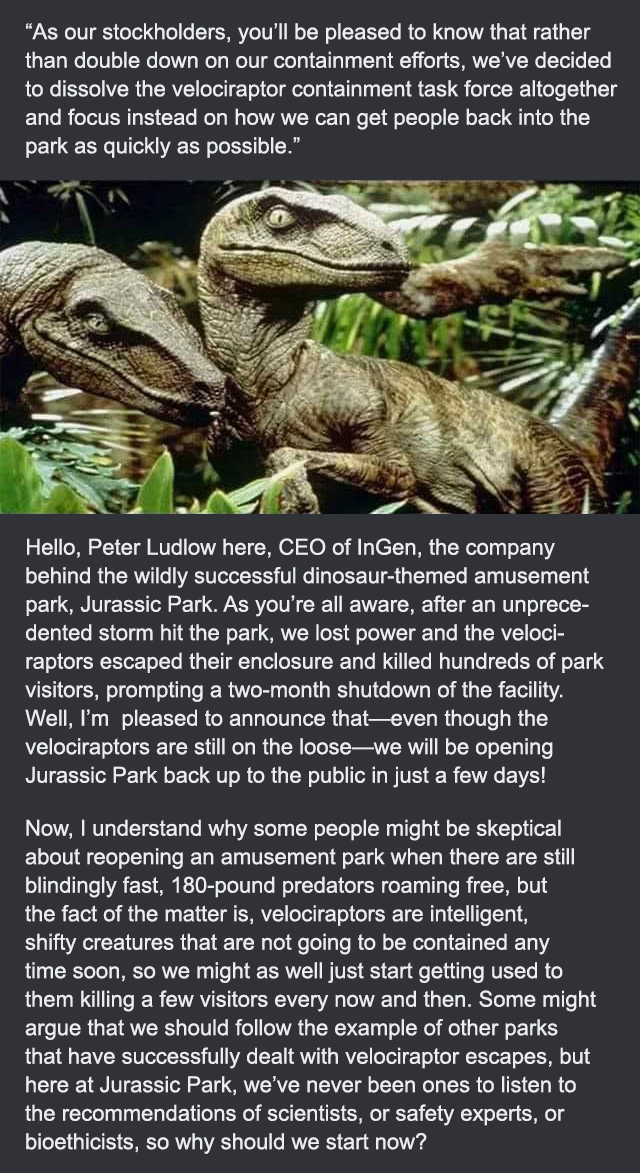
This is Not the Flu, Goddammit!
Written by a nurse who works with ventilators:
For people who don't understand what it means to be on a ventilator but want to take the chance of going back to work….
For starters, it's NOT an oxygen mask put over the mouth while the patient is comfortably lying down and reading magazines.
Ventilation for Covid-19 is a painful intubation that goes down your throat and stays there until you live or you die. It is done under anesthesia for 2 to 3 weeks without moving, often upside down, with a tube inserted from the mouth up to the trachea and allows you to breathe to the rhythm of the lung machine.
The patient can't talk or eat, or do anything naturally – the machine keeps you alive. The discomfort and pain they feel from this means medical experts have to administer sedatives and painkillers to ensure tube tolerance for as long as the machine is needed. It's like being in an artificial coma.
After 20 days from this treatment, a young patient loses 40% muscle mass, and gets mouth or vocal cords trauma, as well as possible pulmonary or heart complications.
It is for this reason that old or already weak people can't withstand the treatment and die. Many of us are in this boat … so stay safe unless you want to take the chance of ending up here. This is NOT the flu.
Add a tube into your stomach, either through your nose or skin for liquid food, a sticky bag around your butt to collect the diarrhea, a foley to collect urine, an IV for fluids and meds, an A-line f to monitor your BP that is completely dependent upon finely calculated med doses, teams of nurses, CRNA's and MA's to reposition your limbs every two hours and lying on a mat that circulates ice cold fluid to help bring down your 104 degree temp.
Anyone want to try all that out? Stay home. Stay safe and well!

This Photo Set My Blood Boiling
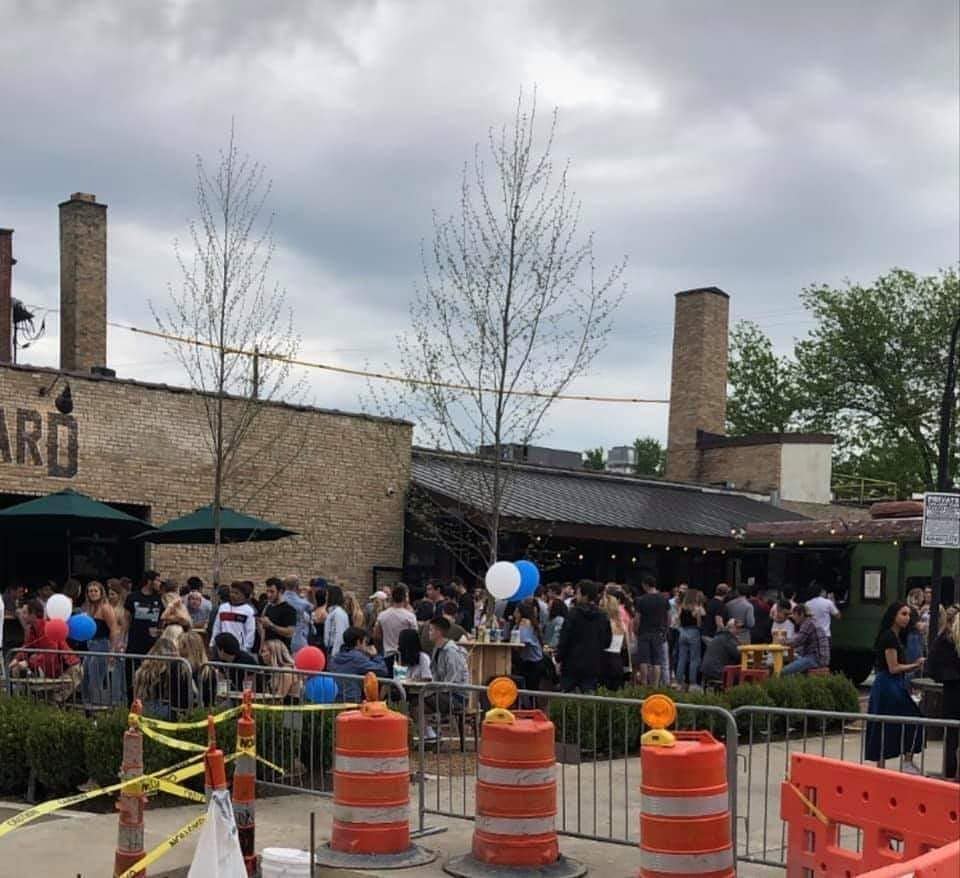
And I'm okay with that.
It was written a couple thousand years ago that "The meek shall inherit the earth." If you think about it, who are the meek ones? The scientists, the "brainiacs" who sat quietly at the back of the class yet aced every test they were give. The smart ones; not the gun-toting, statehouse-storming Neanderthals wasting oxygen to throw their tantrums.
All the rest of us can do is try and protect ourselves as much as possible, continue to wear masks, practice social distancing and avoid the type of demonstrably selfish, stupid crowds of people like the photo above when we have to be outside of our homes.
Look, I want to sit in a Starbucks, actually eat in a restaurant, and visit with my friends in person. But I also want to see the Republican party utterly and completely destroyed and that orange shit stain on humanity dragged from the White House in January and thrown into prison or strung up, whichever comes first—not to mention see the beginning of the new world we will grow from the rubble left in his wake, and the only way that's going to happen is if I stay safe.
Because Reasons!
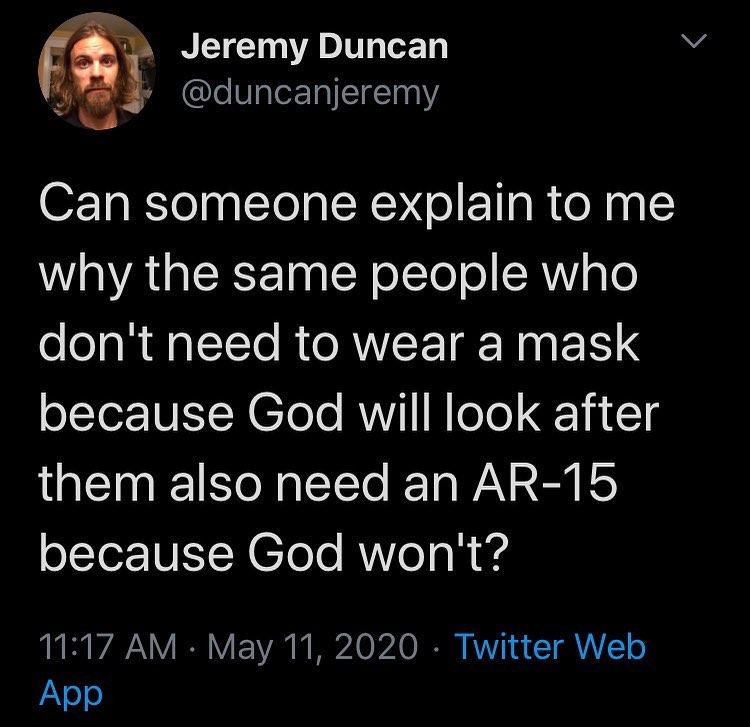
Know The Difference!
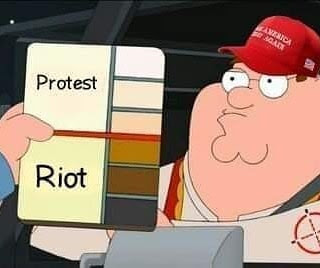
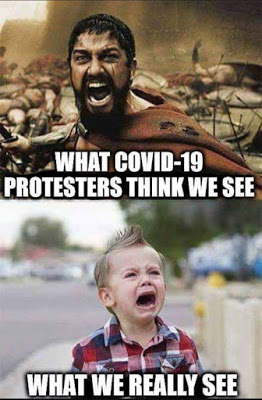
Quote of the Day
 The best thing any of us can do until we vote this imbecile out of office and into jail is stay safe. Wear you mask, practice social distancing, and decontaminate and we will outlive both these dinosaurs and the faltering economy." ~ Dave at Riding On
The best thing any of us can do until we vote this imbecile out of office and into jail is stay safe. Wear you mask, practice social distancing, and decontaminate and we will outlive both these dinosaurs and the faltering economy." ~ Dave at Riding On
Some Thoughts on Getting Tested
Several people I know (including both coworkers and friends) have somehow managed to get tested for COVID-19. The tests have uniformly* come back negative for antibodies, indicting that they were all still quite susceptible to getting infected.
In the early days of the AIDS crisis, I lulled myself into a possibly false sense of security by telling myself the disease was so rare at the time that anyone who got sick in Arizona was going to have their name splashed all over the news…and I knew I'd never be that famous.
As the years passed with no cure in sight, and after seeing so many of my friends and lovers die—some quickly, some excruciatingly slowly—when testing for HIV started becoming readily available I made the conscious decision not to get tested. If I was going to be stricken with this horrific disease, I wanted to be diagnosed and be gone within a matter of days or weeks afterward.
I took some solace in knowing that my own sexual preferences in combination with adhering to safer sex recommendations when I strayed outside that comfort zone were probably keeping me safe, but let's be honest here…there were occasional slip-ups along the way that introduced enough doubt in my mind that when therapies started becoming available and the SF AIDS Foundation finally came out in favor of testing everyone, I marched my ass down to the Health Center and had my blood drawn.
While I'm sure pure dumb luck played a factor in it as much anything else, it was only when my HIV test came back negative that I could finally breathe a sigh of relief, knowing that what I'd been doing (or rather not doing) all those years to protect myself had actually paid off.
Although direct comparisons can't be drawn between AIDS and COVID-19, other than the US Government—under Republican leadership (surprise, surprise)—ignored the problem for far too long, there are similarities. I'm not rushing out to get tested because honestly, with no cure or vaccine available before the end of the year at the earliest, what difference will knowing actually make? Will it change my current behavior in any way? If I don't have antibodies, I'm still susceptible. If I do, at some point I was exposed, asymptomatic, and got over it. Would that mean that I could go back to my normal existence? Oh hell no. Unlike what happens with most infections, no one can yet say with any certainty that if you have the antibodies to the Corona virus you're immune to reinfection.
I mentioned all this to my colleagues yesterday during a discussion of how and when returning to work will be implemented, and added, "So if we're forced to return to the office prematurely, y'all will have to forgive me because I'm going to continue to mask and glove up until there's a tested vaccine fully in place."
Not surprisingly, everyone was in agreement.
We get it. Why doesn't the government?
*UPDATE 5/15: I learned today from one of my friends—who I just found out was very symptomatic last week—was tested this week and came back positive.
Selfish, ignorant people are going to make this worse. Don't be one of them.
From Wil Wheaton:
A gentle reminder: when we are out in the world, it's incredibly important to maintain a six foot distance from each other. This virus doesn't go away and stop being dangerous, because we walked into a building.
Most of us who are able to quarantine have been doing that, and it's working to flatten the infection curve, to give our doctors and researchers time to find a vaccine and a treatment to reduce the mortality rate of this virus. Most of us aren't sick, and we aren't carriers. That doesn't mean we should act like it when we are in public.
When we're in public, it's our responsibility to behave as if we are infected and we don't want to spread Covid-19 to anyone else.
This means that we keep our distance from each other, even though it feels weird. This means we wear a cloth mask in public, even if it's uncomfortable or whatever bullshit reason selfish people are using right now to justify their choice to ignore a simple and effective way to keep us safe. It means we respect one-way aisles in grocery stores, and we wait in those aisles, six feet apart, instead of pushing past our fellow humans who are shopping.
If the worst thing we have to deal with in a given day is the inconvenience of actively maintaining six feet from our fellow humans, to protect them and ourselves, there's just no real excuse to ignore that, other than laziness and selfishness.
Let's remember that we are in this together, and let's make an effort to care for ourselves and for each other by making the deliberate choice to stay six feet away from each other, wash our hands frequently, wear our cloth masks in public, and never forget that all of us are going through this at the same time, together.
I know you aren't lazy or selfish, but I know there are people in our lives who need a gentle reminder.
This is for them.
This whole thing we are living through is a lot, and it's really understandable to want to get back to normal. The thing is, science and virology don't care about your timetable, and until science and virology have a vaccine for Covid19, this is our reality. Wishing it would go away, and acting accordingly, is only going to make this worse. Refusing to follow medical guidelines, because you're pissed off and frustrated is only going to make this worse. Ignoring medical advice because you're bored and want to go to the beach is only going to make this worse.
Selfish, ignorant people are going to make this worse. Don't be one of them.
Please, please, please be mindful and self-aware. I get that you're stressed and frustrated and low-key scared all the time, and not just about getting sick. So am I. You're worried about our terrible leadership, you're worried about our cratering economy that our terrible leadership is making worse. So am I. You're worried about this pandemic that we can't control at all. Me too. You just want to get in and out of the store or wherever, the faster, the better.
So do I. So do all of us. But let's remember that we are in this together, and let's make an effort to care for ourselves and for each other by making the deliberate choice to stay six feet away from each other, wash our hands frequently, wear our cloth masks in public, and never forget that all of us are going through this at the same time, together. We can choose to be patient and make the best of a terrible situation, or we can selfishly make it worse for everyone, including ourselves.
Please choose to be kind. Please choose to be patient. Please do not be selfish.
Thanks for listening.
A fourth-grade teacher asked the children what their parents do for a living. All the typical answers came up – mechanic, business, sales, doctor, engineer… and so forth.
However, little Justin was being uncharacteristically quiet, so when the teacher prodded him about his parents, he replied, "My father's an exotic dancer in a gay cabaret and takes off all his clothes to music in front of other men and they put money in his underwear. Sometimes, if the offer is really good, he will go home with some guy and stay with him all night for money."
The teacher, obviously shaken by this statement, hurriedly set the other children to work on some exercises and took little Justin aside."Is that really true about your father?"
"No," the boy said, "He works for the Republican National Committee and is trying to get Trump re-elected, but it's too embarrassing to say that in front of the other kids."
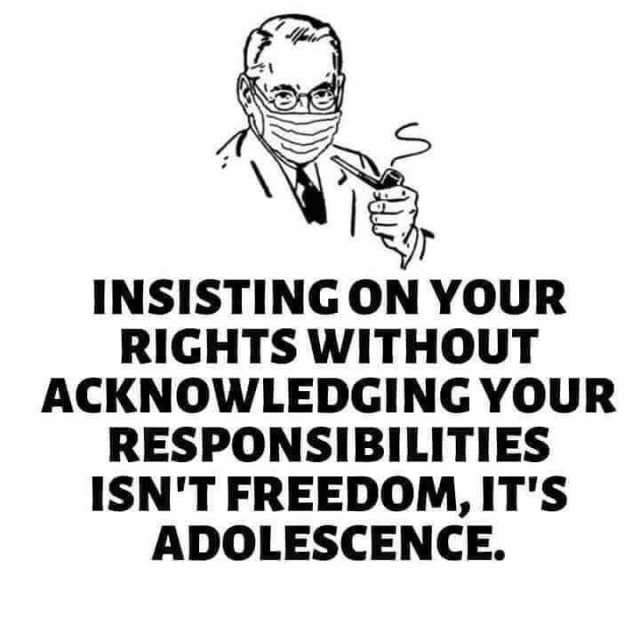
I…I…Oh Never Mind
(I'd actually like to see the whole thing.)
I'm Shocked, SHOCKED, I tell you!
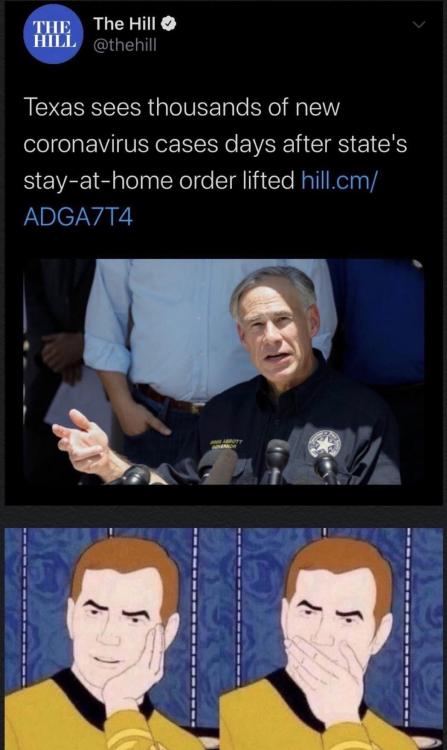
♫ Donald Trump is No Good… ♪
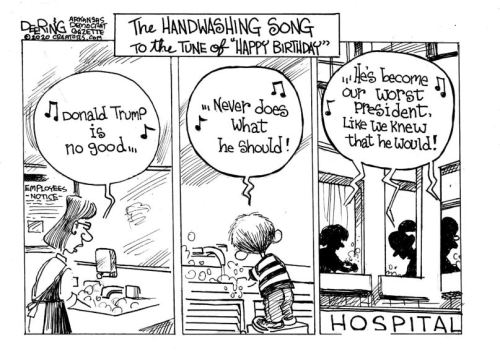



Exactly.
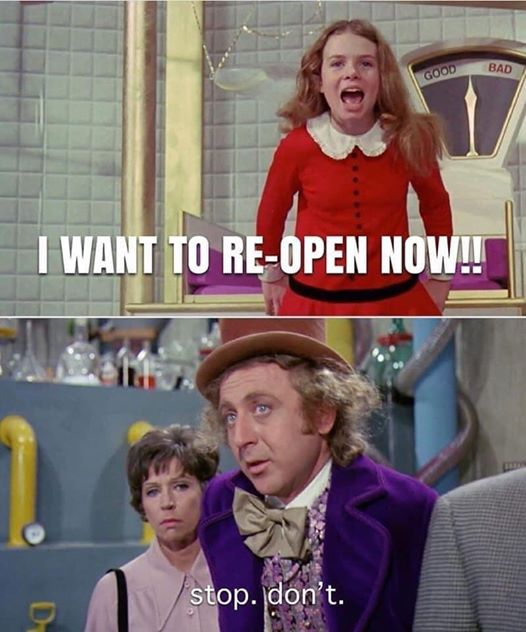
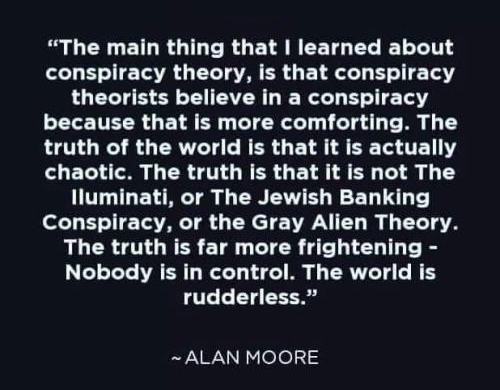
Reopening Dispute in 1350
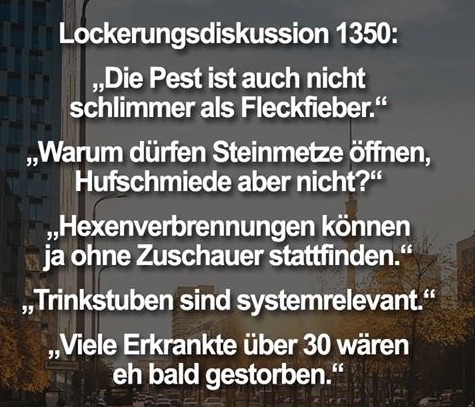
"The plague ain't worse than spotted fever."
"Why are the stonemasons allowed to open, but not the blacksmiths?"
"Witch burnings can also take place without spectators."
"Taverns are also systemically important."
"Many of the sick people above age 30 would have died soon anyway."
You Know It's True
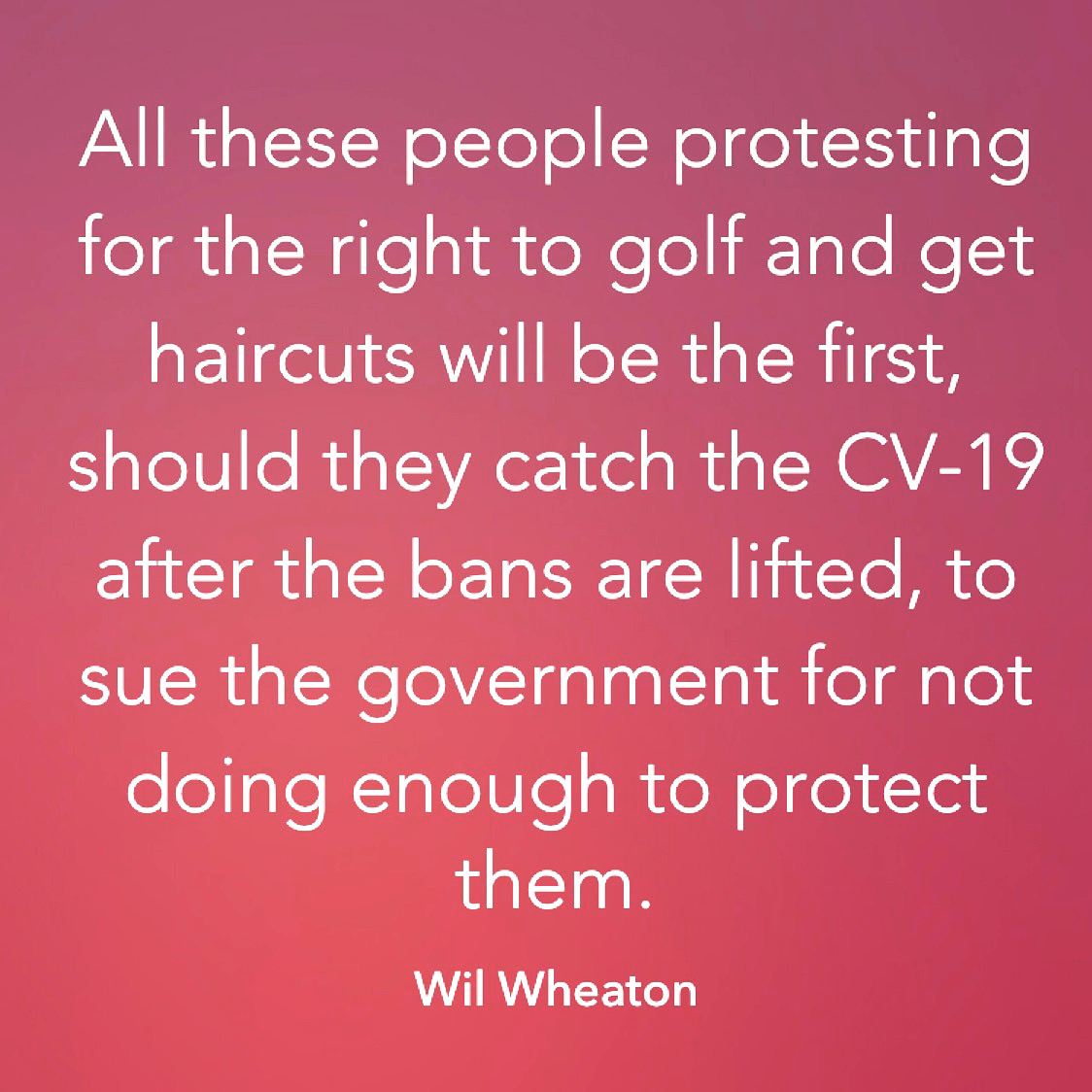
Wednesday (I Think)
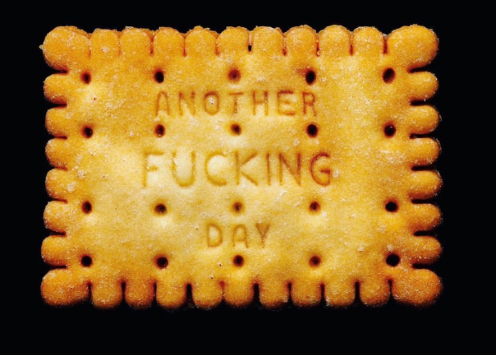
What day is it?
A Very Apt Analogy
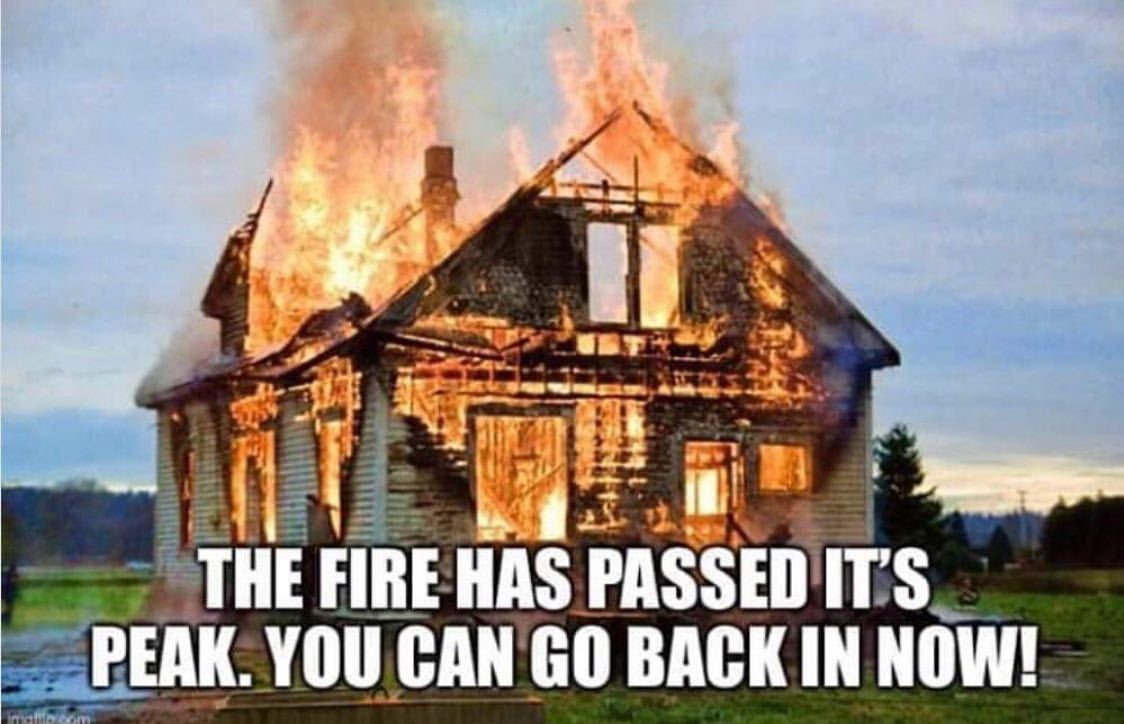
Sad But True
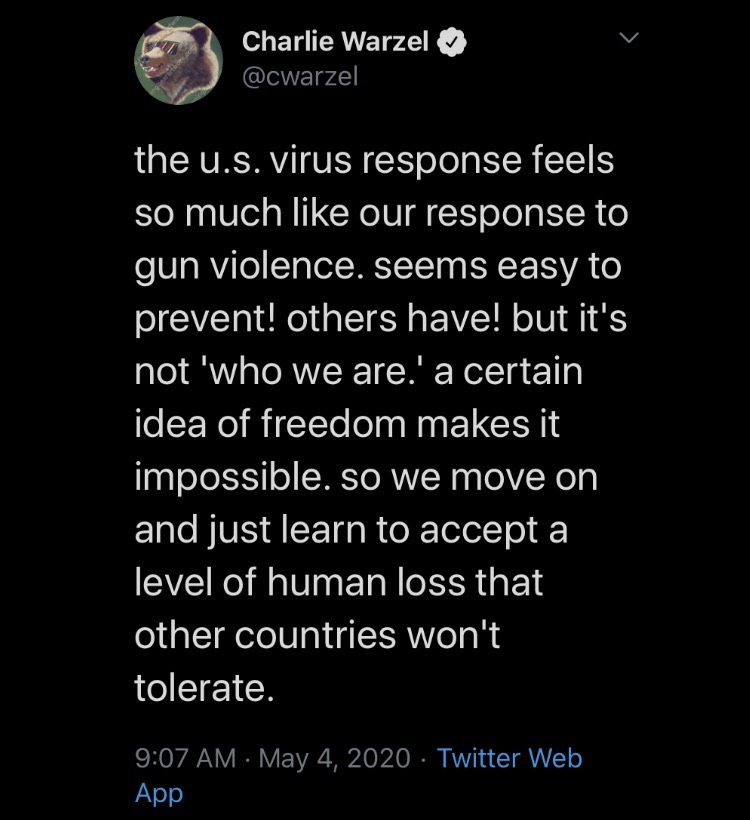
#truth
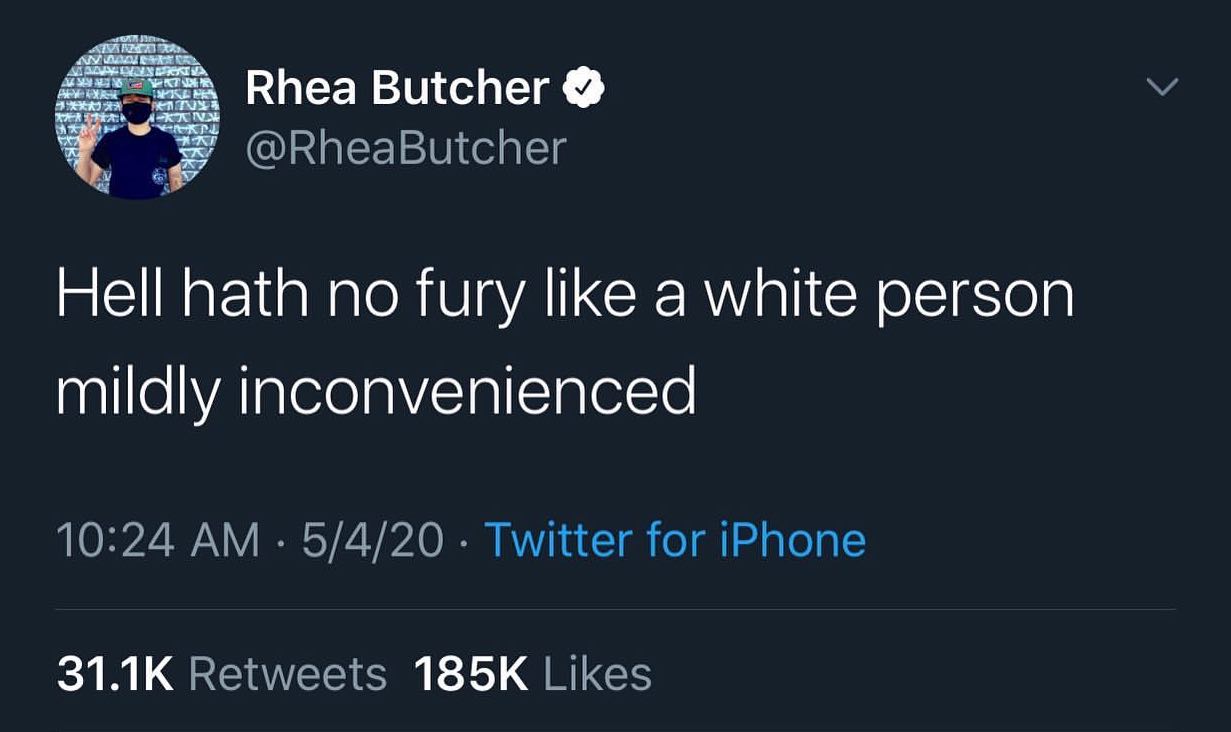
At the Risk of Endangering My Own Karma…
…I'm not going to voice what I hope happens to everyone in that crowd. But then, I don't think I have to, do I?
This is what a cult looks like. They view everything through the lens of whether it's good or bad for @realDonaldTrump, instead of whether it's a good idea, a bad idea, or just plain insane. They reject facts & believe #COVID19 is a hoax. And they are likely spreading the virus. https://t.co/wvJaaJ1oJ5
— Ted Lieu (@tedlieu) May 5, 2020
Mask for Mask
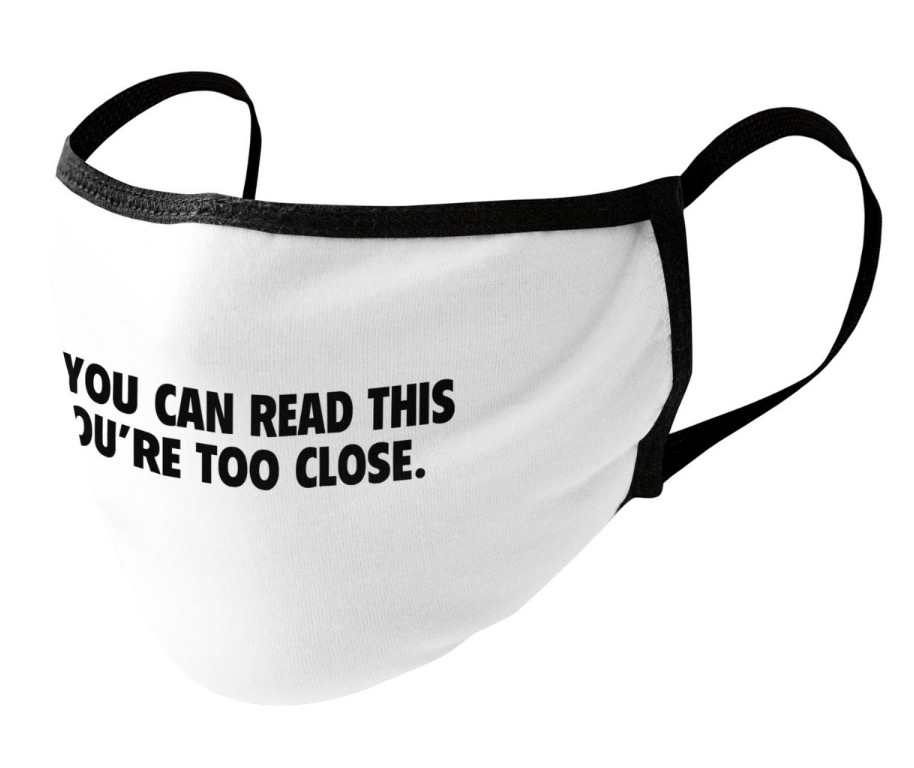
While getting supplies at Safeway yesterday and noticing that only about half the people there were wearing face masks, I said to Ben, "You know how to get everyone wearing masks? Convince them it's sexy."
ESPECIALLY gay men. Make it the new look and they'll mask up faster than a restroom hookup the basement of the Union Square Nieman-Marcus in 1992. (Oddly specific, I know, but just run with it, okay?)
Our next door neighbor/landlord made a couple of masks for us, and in addition I ordered several additional cute and sexy ones for the two of us last week, as I suspect masking up in public is going to become expected—if not required—especially if there's a second or third surge in Coronavirus cases (as there undoubtedly will be because of the premature "opening" of the states) as the year progresses.
If I am forced to return to work sooner than what I feel is reasonable and prudent based on facts, not the bloviating gibberish coming out of the White House, I have already notified my supervisors that I will be masking and gloving up the entire time I am back in the workplace. They were all on board with that and said they'd be doing the same. While the gloves will protect you against the virus, the mask really doesn't, but it does help lessen the chance you'll infect someone else and it's a good, constant reminder not to touch your face.
Those same supervisors have already let us know that regardless of what the state decrees as "open," we are going to ease back in, probably going to a rotating schedule where we're one or two days in the office and the remainder working from home. While there are some things we do that require a physical presence on site, we've proven that we can do the majority of our work from home, so why not integrate that into a new work paradigm?
Geek Humor in the Age of COVID
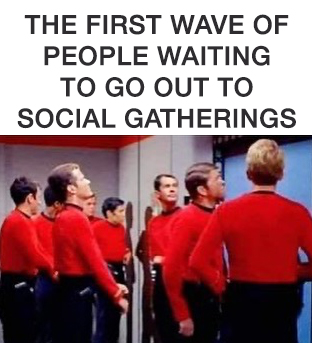
Someone Failed History
Not surprising.
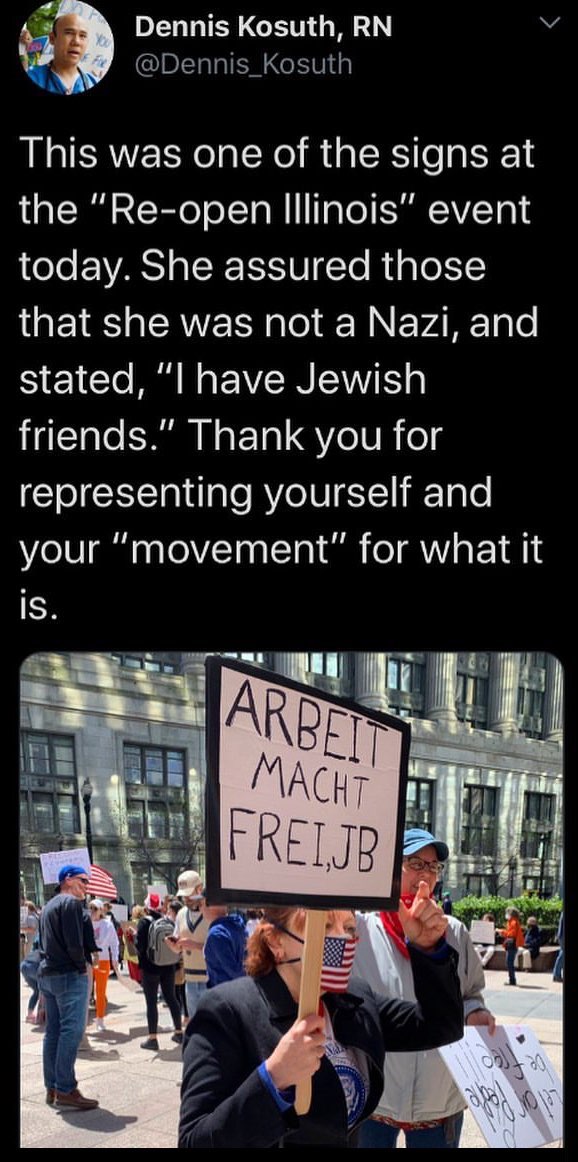
Maybe This Will Help Put Those Numbers in Perspective
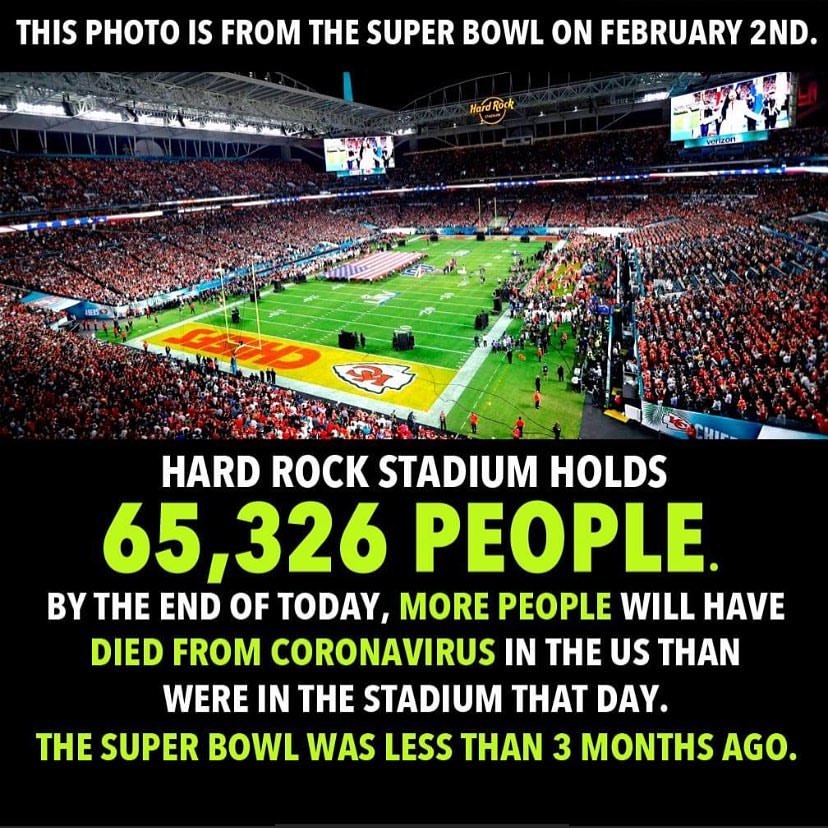
Me, Opening My News Reader
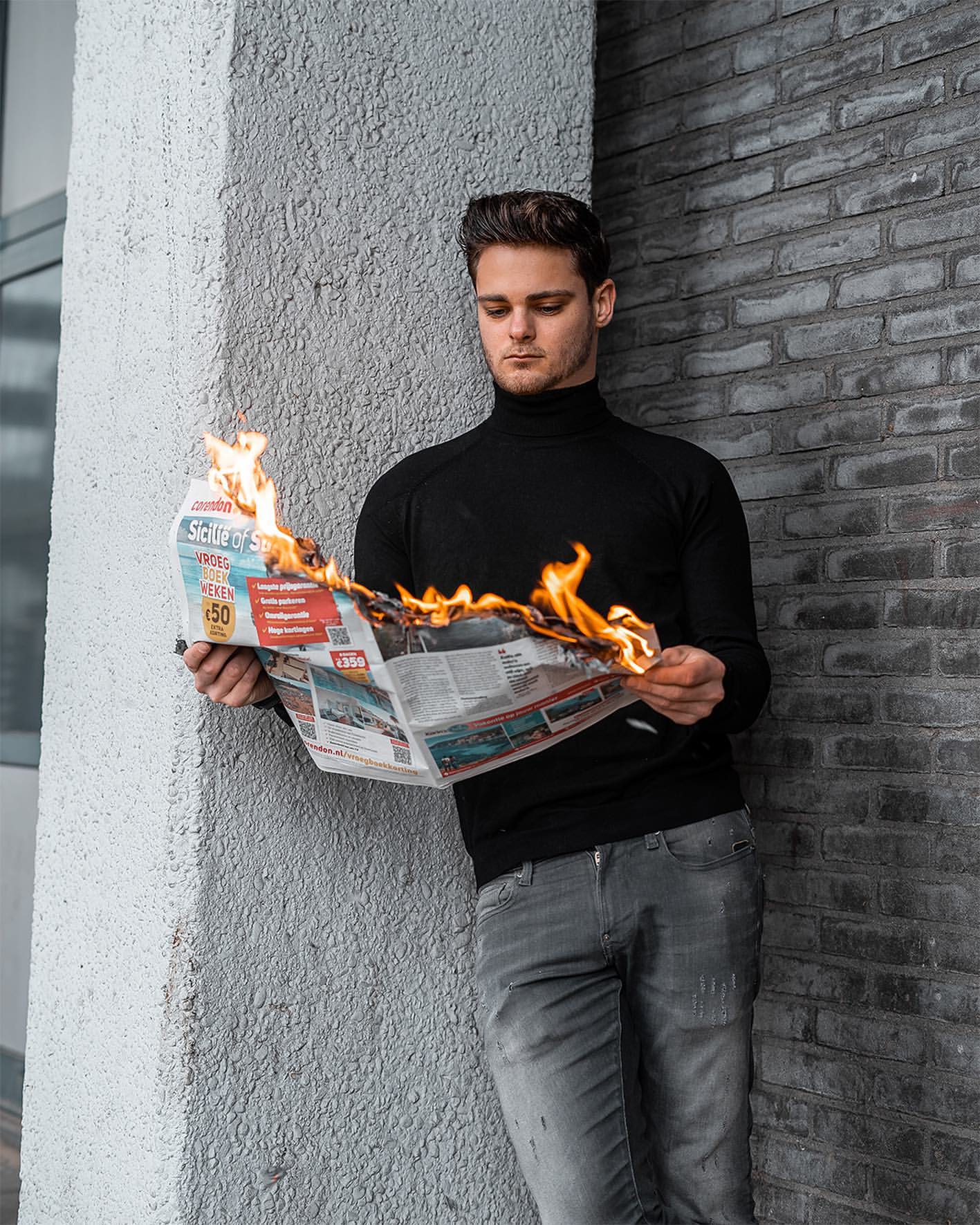
Every. Damn. Day.
